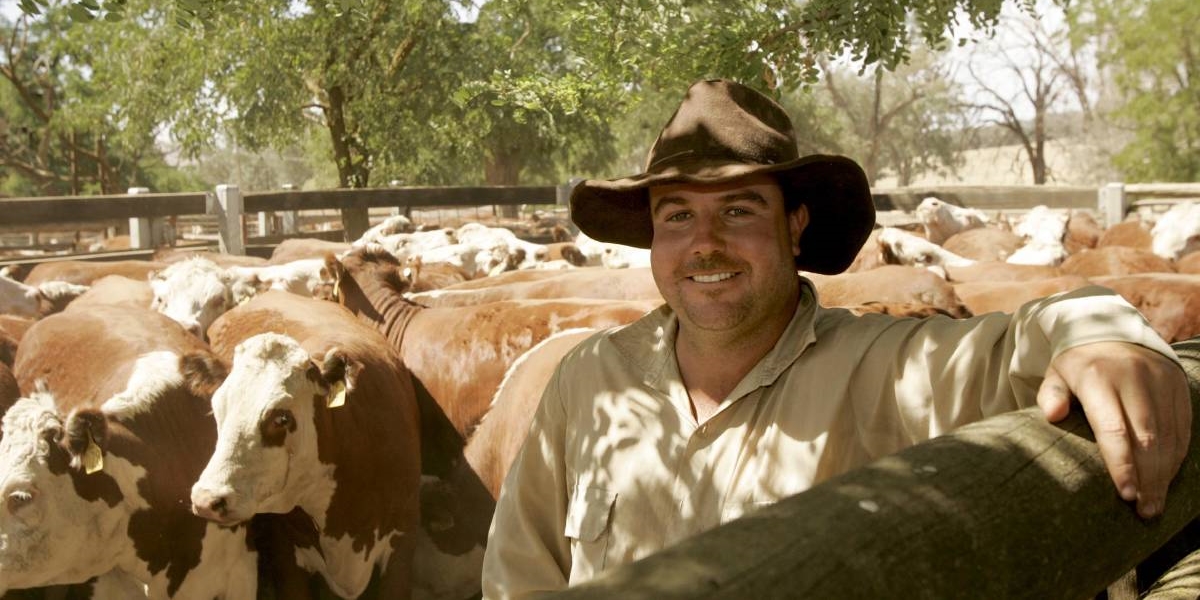The cattle industry boomed in the mid-1800s, thanks to the growing demand for beef and the development of the railroad through the Great Plains. These factors made the western cattle business a profitable venture. The population increased in the West and the economy flourished, and service businesses developed. Because cattle were cheap to purchase, they could be sold for a high price. Ranchers could make lots of money from their cattle.
The history of cattle industry
The first cows were brought to the United States by European explorers. The cattle industry became popular in Texas during the American Civil War, and when Texans returned home, they discovered that their herds had grown dramatically. This led to overgrazing and overproduction. Eventually, the industry would suffer from overgrazing, a practice that led to the death of millions of cattle. But with time, these changes began to reverse.
The development of the railroad in the 1880s led to the development of the cattle industry. The Great Plains region became the center of cattle production, and the Goodnight Loving and Chisholm Trails were created to move cattle from the mountains. These trails were used by cattle ranchers to reach the towns. During the early 1900s, the homestead act was passed to encourage the settlement of the land. Those who had spent at least five years in the area could claim a piece of land for free.
What makes the cattle industry more productive
The increase in productivity in the beef industry is the result of a series of events. These factors include the Civil War, and demographic changes. The war was instrumental in laying the groundwork for a cattle boom. While cattle helped the colonies increase in population, they also provided cash through trade and selling products. Native Americans were opposed to the introduction of cattle, and they thought the animals ate their crops. The Civil War also led to a decline in the relative price of feed, which fueled the growth of the cattle industry.
The impact of high productivity in the cattle industry
The beef industry has improved its efficiency and the productivity of ranchers. Until the end of the Civil War, the cattle industry did not have much of a market. But the development of railroads, which extended through the Great Plains, made raising cattle an economically viable business. This, in turn, led to the development of a new type of cattle culture: the cowboy. However, the modern cowboy has become a symbol of the diversity of the United States.
The cattle industry has been affected by many factors. The Great Plains were once a vast area, and cattle were the main source of income for most people. The development of the cattle industry in the United States led to the creation of a new breed of beef in the 1800s. This new breed of cow is called a Angus. These animals were named after the original owners of the land. Eventually, the longhorn became popular and soon was sold for a higher price.
Why is the cattle industry in decline
In the United States, cattle were introduced by European invaders. As the cattle industry prospered, the number of ranchers increased. As the cows became more profitable, ranchers expanded their herds. The resulting overgrazing and overproduction of cattle resulted in overproduction of cattle, which ultimately led to the cattle kingdom’s decline. But a new trend is now emerging: the emergence of a large-scale cattle ranching industry in the U.S.
The cattle industry’s success was not fueled by the cows’ natural resources. The ranchers became wealthy, and the cattle industry became the foundation of the American economy. But the cattle industry’s downfall was caused by a number of factors, including war and overgrazing of the land. The settlers tended to be poor and lacked resources, so they had to hire cowboys to help them with the ranching.
Conclusion
The expansion of the cattle industry in the U.S. was largely attributed to public demand for beef. Despite the widespread popularity of beef, it also helped the economy. In the nineteenth century, the cattle industry thrived in the United States. Its thriving economy was helped by the development of the railroad into the Great Plains. The railroad made the cattle industry more profitable, and it enabled ranchers to transport them far from their ranches.
